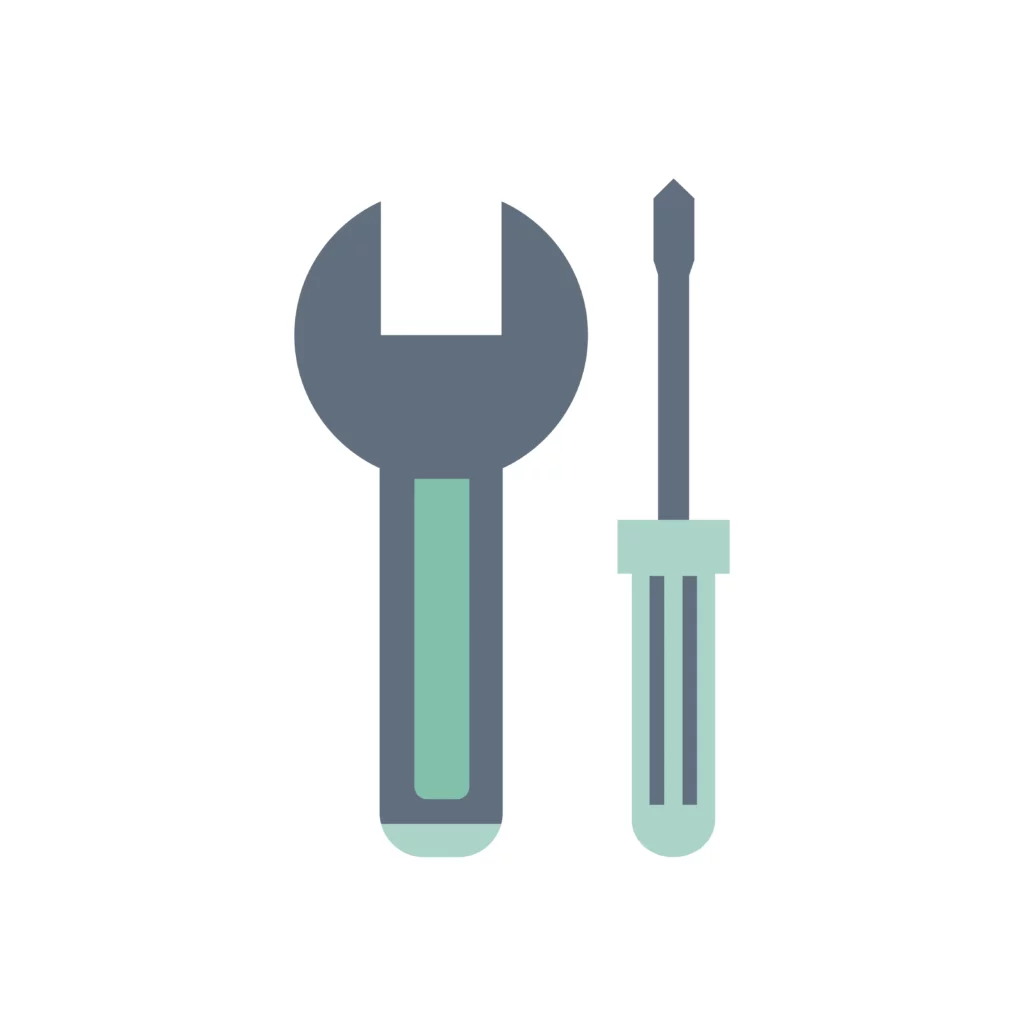In highly specialized industries like IT, law, engineering, or medicine, technical jargon is more than just complex language—it’s a precision tool. Used correctly, it builds trust and clarity. Used carelessly, it can derail projects or even trigger legal consequences.
Whether you’re translating software manuals, clinical protocols, or patent filings, accuracy is non-negotiable. One wrong term can distort meaning, confuse users, or violate compliance standards.
That’s why professional translators treat technical terminology like mission-critical data. They use expert strategies—from curated glossaries to real-time collaboration platforms—to decode, verify, and harmonize every specialized term.
Understanding how translators navigate this intricate landscape can help clients become better partners, strengthen the final product, and prevent costly missteps. Let’s break it down.
- 1. Mastering Jargon: What Tools and Tactics Do Translators Use?
- 2. How Do Translators Research Unfamiliar Terms?
- 3. How Do Clients Help Ensure Accurate Terminology?
- 4. What If No Equivalent Term Exists in the Target Language?
- 5. How Is Accuracy Verified?
- 6. Step-by-Step: How to Translate Oral Technical Jargon
Mastering Jargon: What Tools and Tactics Do Translators Use?

Technical translation isn’t just about knowing two languages—it’s about knowing the field. That’s why many technical translators either have formal training in a specific domain or have worked in the industry before switching to language services.
To maintain accuracy, they lean on a combination of:
| Tool Type | Examples | Purpose |
|---|---|---|
| Approved Glossaries | Varies by client or industry | Ensure consistency in key term usage |
| Bilingual Term Databases | IATE, Termium Plus, Microsoft Language Portal | Provide authoritative term translations across multiple language pairs |
| Translation Memory (TM) | SDL Trados, MemoQ, Wordfast | Reuse previous translations for consistency and efficiency |
“If I’m translating medical device documentation, I don’t just guess—I reference the EU MDR database and company-specific term lists.”
— Dr. Anna C., medical translator (EN > DE)
A 2023 survey by ProZ.com found that 68% of translators specializing in technical fields consult industry-specific databases or multilingual standards in every project. This ensures terminology is both correct and aligned with regulatory or client expectations.
CAT tools also support term recognition and can be configured to flag deviations from pre-approved terminology, acting as a built-in quality check.
READ MORE: What’s the most difficult technical document to translate from Chinese?
How Do Translators Research Unfamiliar Terms?
Avoid Guesswork
Professional translators don’t guess or use generic bilingual dictionaries, which may lack context or precision.
Search Academic Literature
They consult academic articles and technical papers to understand how experts use the term in real-world applications.
Check Patents and White Papers
These documents provide detailed and standardized terminology, especially for technical or engineering fields.
Refer to Product Manuals and Datasheets
Translators review manufacturer documentation to identify how terms are used in context—often a source of industry-approved expressions.
Explore Government and Institutional Sources
They look up official websites, such as:
- FDA (U.S. Food & Drug Administration)
- EMA (European Medicines Agency)
- ISO (International Organization for Standardization)
These are trusted sources for regulated, standardized terminology.
Compare Parallel Texts
Translators find documents on the same subject in both languages—these help verify how a term is rendered in similar contexts.
Cross-Validate Terms Across Multiple Sources
For example, engineering translators might compare both English and Spanish versions of patents and product sheets before choosing a term:
“For engineering texts, I compare patents and product sheets in both languages before settling on a term.”
— Carlos V., engineering translator (EN > ES)
How Do Clients Help Ensure Accurate Terminology?
Client collaboration is key. Clients who provide reference materials empower translators to hit the ground running. Useful materials include:

Previously translated documents
Company glossaries or termbases
Brand or tone of voice guidelines
Product brochures or manuals
“The best clients send me a style guide, a glossary, and a sample document—that’s gold.”
— Yuki M., IT translator (EN > JA)
Clients should also be available to answer questions, especially when dealing with newly coined terms, internal jargon, or product-specific features that may not be publicly documented.
READ MORE: Technical translation: maintain accuracy?
What If No Equivalent Term Exists in the Target Language?
Some technical terms are so specialized—or newly coined—that no perfect match exists in the target language. In these cases, professional translators make informed choices:

“In fintech, we sometimes have to coin new terms in Hungarian to reflect concepts that just don’t exist yet.”
— Bálint H., financial translator (EN > HU)
The key is to strike a balance between accuracy and readability. In regulated industries, this choice may also require client approval.
How Is Accuracy Verified?
No matter how skilled the translator, technical translations require an additional layer of review. Quality assurance (QA) involves:
- Bilingual revision by a second linguist
- Term consistency checks via QA tools like Xbench or Verifika
- Subject-matter expert (SME) review, especially in high-risk industries
“We always have a chemist check the translated safety data sheets before they go live.”
— Lucie F., project manager at a translation agency
QA tools can catch up to 70% of common terminology and formatting issues, but human oversight remains essential for catching nuance, tone shifts, or contextual misreads
🔧 Step-by-Step: How to Translate Oral Technical Jargon
Prepare Terminology in Advance
- Gather glossaries, client-provided lists, and reference materials for the field (e.g., IT, medicine, engineering).
- Watch videos or webinars on the topic to familiarize yourself with spoken phrasing and typical jargon.
Identify Key Phrases, Not Word-by-Word
- Focus on meaning chunks, not literal translation.
- For example: “boot up the system” → “启动系统” (Chinese) or “démarrer le système” (French).
Use Equivalents, Not Transliterations
- Avoid simply copying the term phonetically unless it’s a recognized loanword (e.g., “router,” “app”).
If No Equivalent Exists:
- Use descriptive translation: Explain the function briefly.
- Or retain the original term and clarify it once.
Practice with Real Audio
- Use podcasts, YouTube interviews, or real-life meeting recordings to shadow, interpret, and build your ear for the jargon in both languages.
Clarify in Real-Time if Needed (Consecutive/Simultaneous)
- In interpreting scenarios, don’t be afraid to ask for clarification:
“Just to confirm, by ‘stack overflow’ you mean…?”
Post-Translation Clean-up (for recordings or subtitles)
- If the jargon wasn’t clear in real-time, research after and revise for clarity and accuracy.
Technical jargon can make or break a translation project—especially in fields where clarity and precision are non-negotiable. That’s why professional translators invest heavily in domain expertise, use advanced tools, and collaborate closely with clients and colleagues. From term research to QA checks, every step is designed to protect meaning, ensure accuracy, and build trust.
If you’re managing a technical translation project, understanding these practices will help you choose the right provider—and provide the right materials—to ensure a seamless, jargon-proof result.
👉 Contact us today to discuss your technical translation needs and work with experts who understand your industry inside out!
READ MORE: When Technical Documents Translation in Chinese Becomes Easy, Fast, and Cheap
